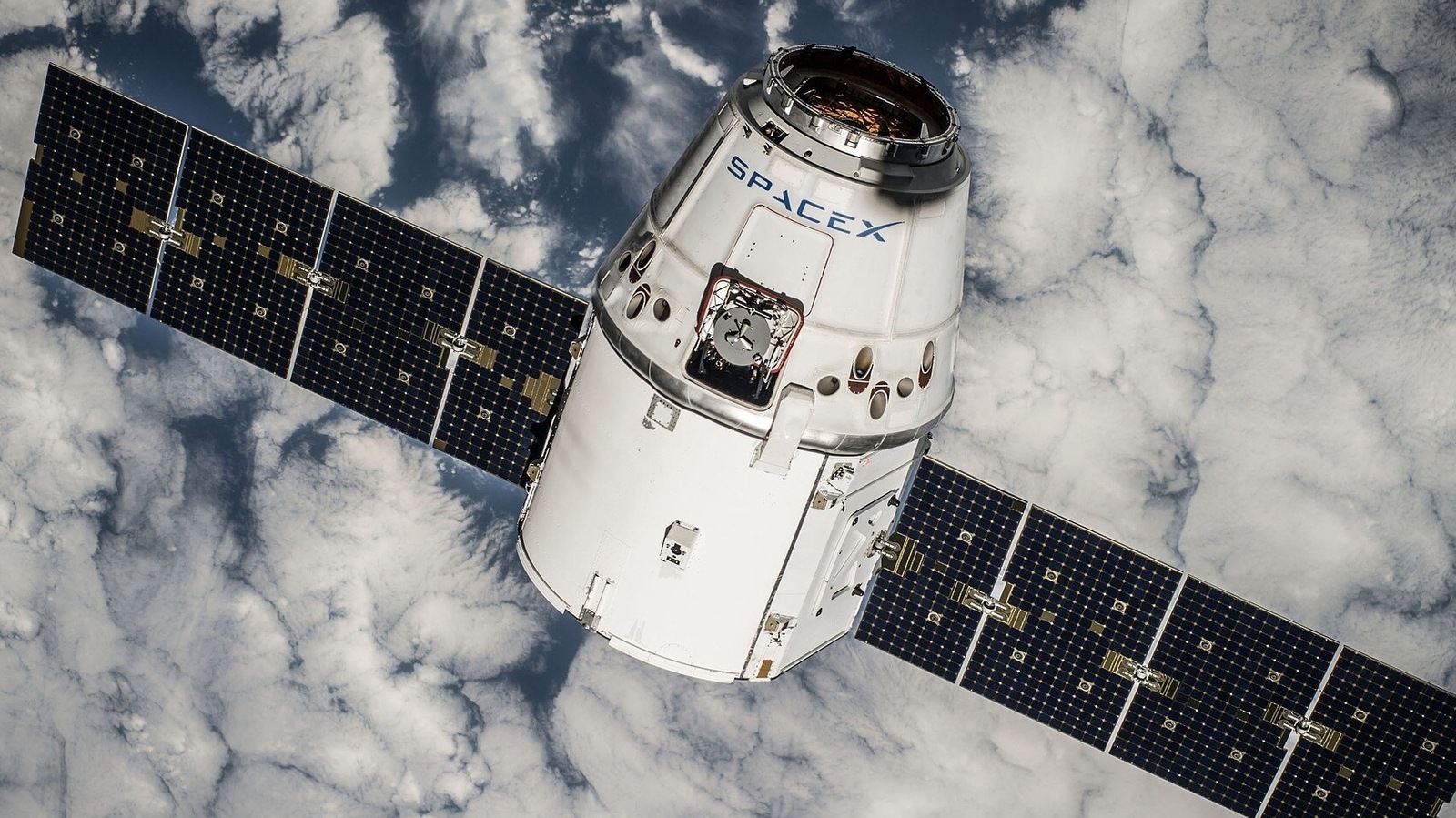Beware! More solar storms coming, satellites in Earth orbit under threat as Sun flares up
40 out of 49 Starlink satellites were destroyed by a solar storm yesterday, but more solar storms can cause further damage as Sun nears Solar maximum.

SpaceX CEO Elon Musk has lost 40 out of 49 Starlink Satellites launched on February 3 due to a G1 level solar storm. This has put a threat on many more satellites which are located in the lower altitudes and can face the music with more solar storms coming this way. And more solar storms will definitely be coming. As we enter the period of a solar maximum, the incidents of solar flares, CMEs (Coronal Mass Ejections) and resultant solar storms will rise. As the solar maximum period is set to go on till 2025 at the very least, satellites in outer space may face damage and cause disruptions in communication systems worldwide.
Speaking to CNBC, Tamitha Skov, Aerospace Corp research scientist, said, “The reason why [solar storms have] not been a big deal is because, for the past three to four years, we've been at what we call ‘solar minimum',”. The Sun enters these 11-year cycles of solar maximum and solar minimum. In solar maximum, the Sun gets active which results in more fission reactions on its surface giving rise to solar flares and solar storms. On the other hand, during solar minimum, these activities are limited and the Sun essentially enters a hibernation mode.
With the last three to four years being of the solar minimum, many commercial firms have been able to launch their own satellites successfully. Nearly 4,000 satellites have been launched in the last four years, according to a report by Bryce Tech. Now, after the untimely demise of Starlink satellites launched by Elon Musk, the world is receiving a rude awakening.
Rising solar storms threaten satellites
“A lot of these commercial ventures ... don't understand how significantly space weather can affect satellites, especially these small satellites,” said Skov. Most of these satellites are located at lower altitudes of 210kms instead of higher up at 550kms where the majority of the large satellites revolve around the Earth. But the low altitude does not do much when it comes to solar storms. Earth's atmosphere creates a sponge-like structure which, while keeping the harmful geomagnetic radiations coming from the solar storms away from the surface, lets it get absorbed in the upper atmosphere and heats up quickly. This heating up results in burning down of satellites, to which Starlink satellites stand a testament to.
Further, Starlink satellites came with a structural flaw of their own. With a small body and large solar panels for power meant that the drag effect of these solar winds would definitely toss them around and crash them on the surface of Earth. “Some of us in the space weather community have been talking about Starlink satellites falling out of the sky for years – because we knew it was just a matter of time as soon as our sun started getting active again.”
Catch all the Latest Tech News, Mobile News, Laptop News, Gaming news, Wearables News , How To News, also keep up with us on Whatsapp channel,Twitter, Facebook, Google News, and Instagram. For our latest videos, subscribe to our YouTube channel.





























